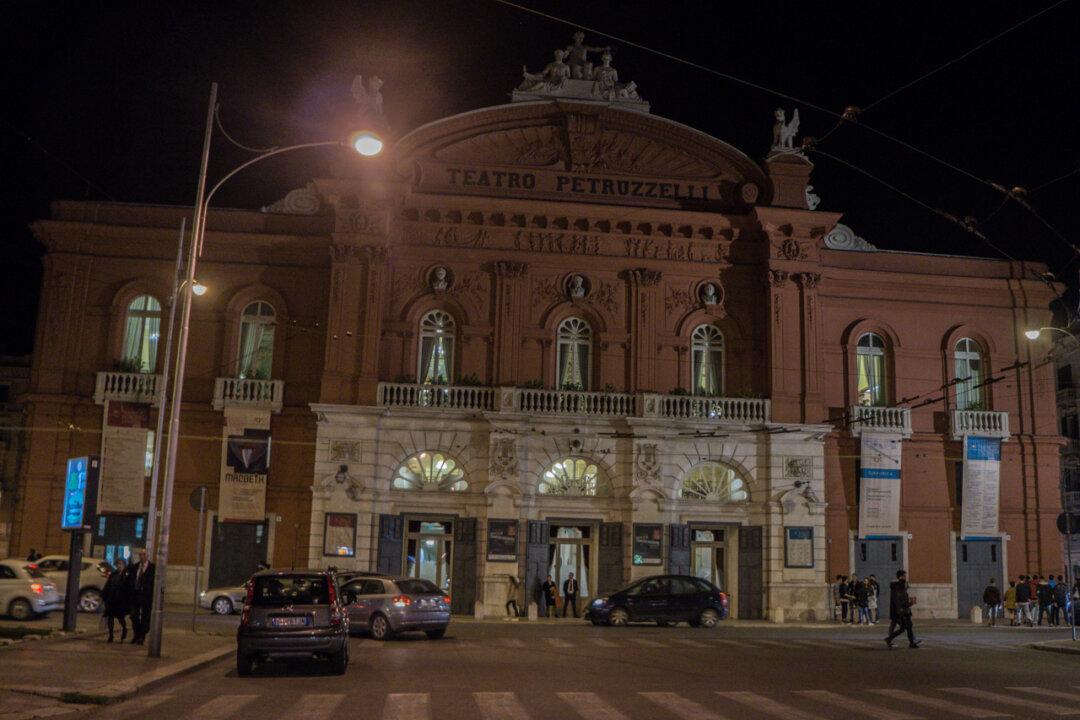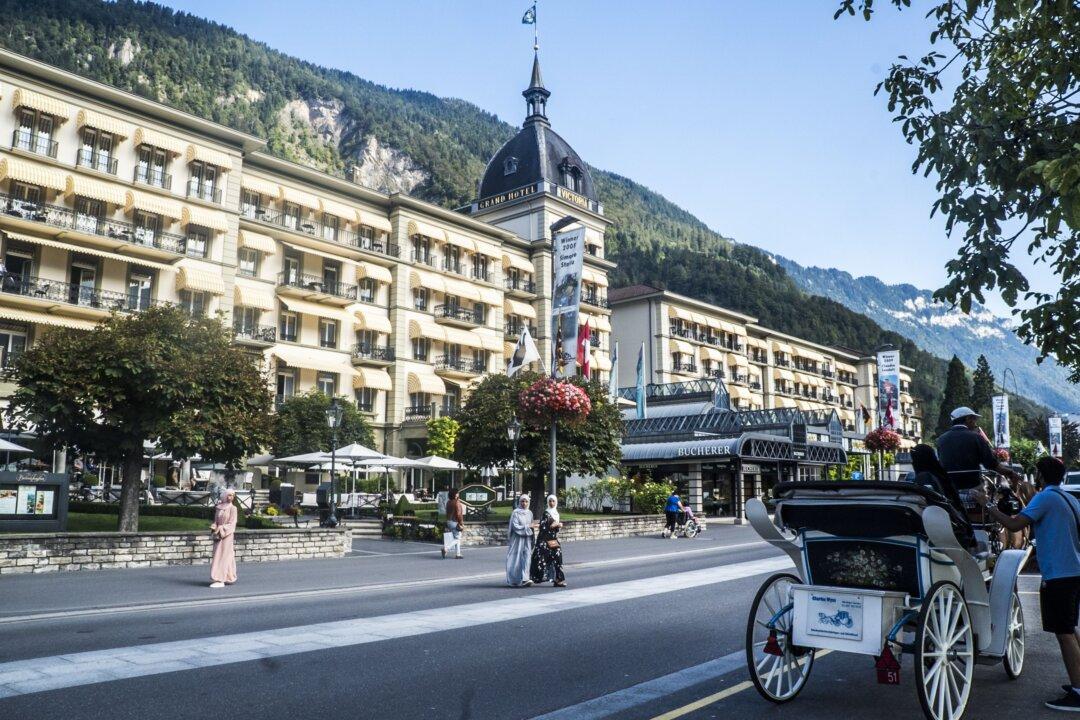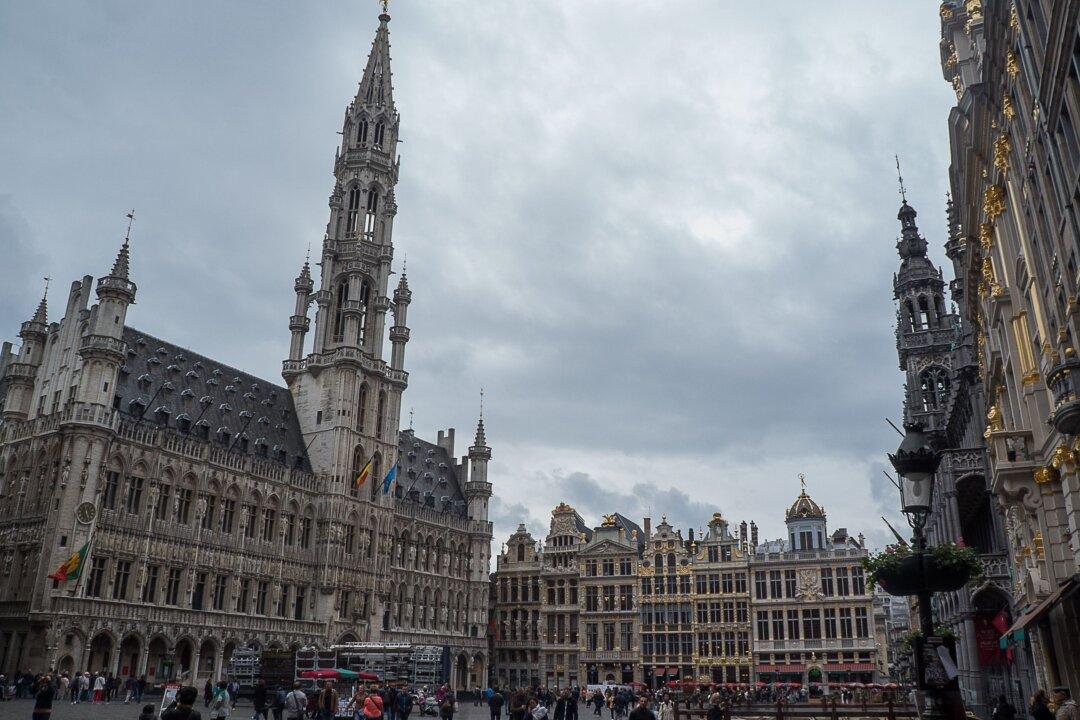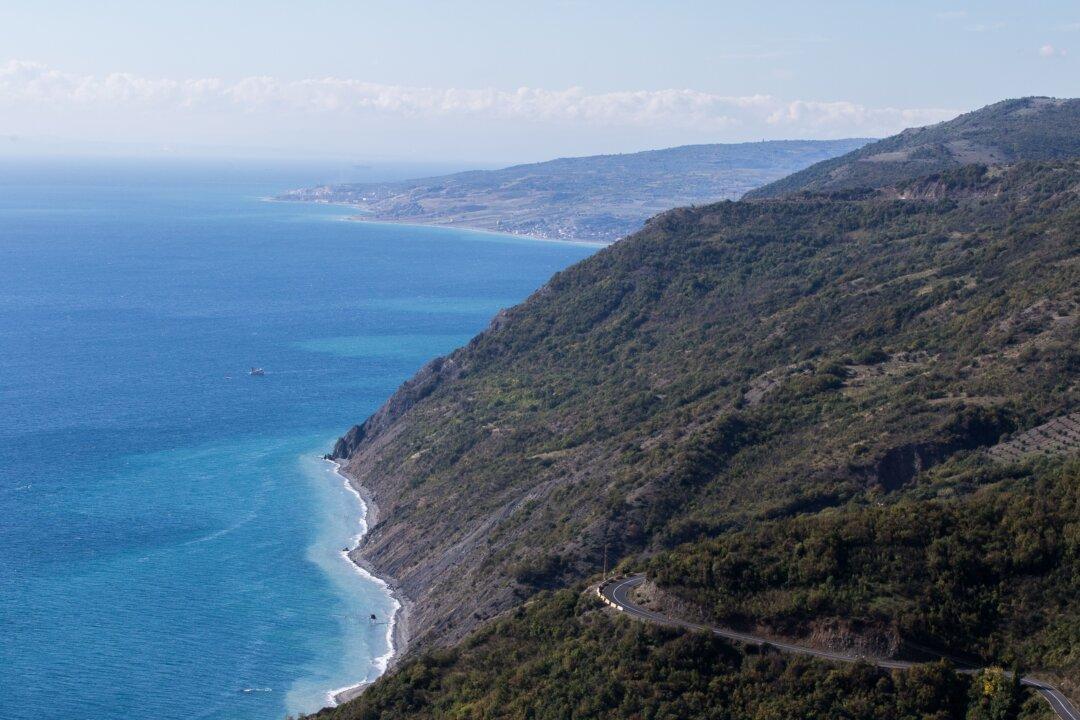Puglia, positioned in the heel of Italy’s “boot,” is a lesser-known region to tourists. In fact, Puglia (a.k.a. Apulia, the Latin name for the region), has remained almost untouched by visitors. Its beautiful coastlines, countryside, and vast number of historical monuments from the ancient to the medieval period lie waiting to be discovered.
The region, geographically surrounded by the Adriatic Sea to the east and the Ionian Sea to the west, has been blessed with very mild weather. Its picturesque landscapes are contained within long stretches of coastline with sandy beaches, rocky bays, and steep cliffs.
It also has forests and marshlands, as well as fertile farmlands nestling in the green hills. Much of Italy’s olive oil is produced here.
Although economically poorer than the country’s northern regions, Puglia is rich in tradition, culture, and cuisine. The sense of community is admirably strong and people can be seen socializing in the narrow alleys and squares.
Bari Old Town
After landing at the international airport in Bari, the capital of Puglia, we headed for Bari’s Old Town.
Bari had been a gateway to the heart of Europe for centuries. It is full of history, from the ancient Greek settlers to the Romans, Arabs, Normans, Turks, and Spanish who left their mark in a land that amalgamates eastern and western culture. The old fortified walls protecting the city still stand, surrounded by narrow cobbled streets.
We started our journey along the trendy street of Corso Cavour in front of VOI Hotel Oriente, a building constructed in 1928 and representing the architectural style and opulence of Europe in the early 20th century. It is near the famous Teatro Petruzzelli, the largest theatre in Bari and the fourth largest in Italy.





